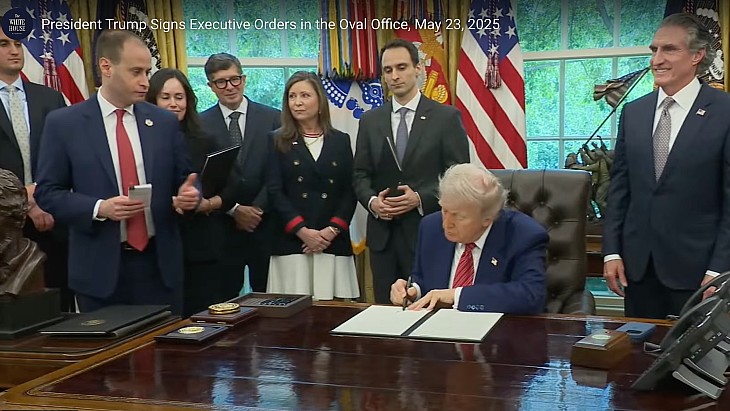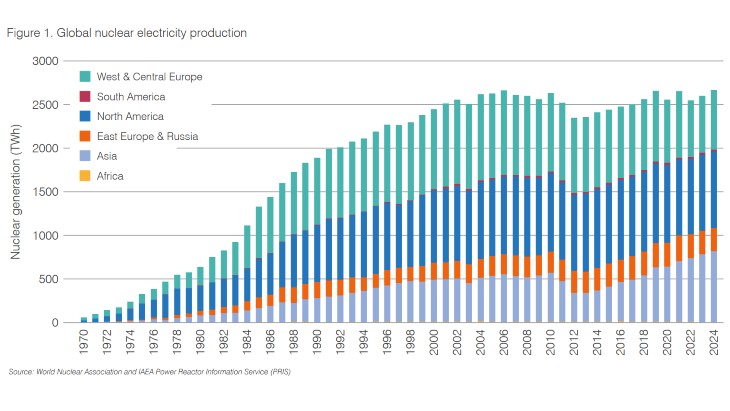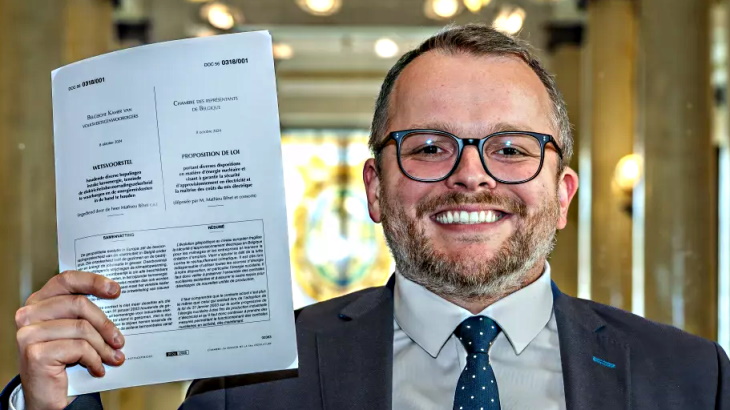The International Energy Agency (IEA) said today that a peak in global energy-related emissions could be achieved as early as 2020 and at no net economic cost, as one of four "key pillars" it believes are needed "to make the upcoming UN climate talks a success, from an energy perspective". Those talks - the 21st UN Conference of the Parties (COP21) - take place in Paris in December.
The IEA outlined the four pillars in its World Energy Outlook Special Report on Energy and Climate Change published today. The other pillars are: to review national climate targets regularly; to translate the world's climate goal into a collective long-term emissions goal; and to establish a process for tracking achievements in the energy sector.
"World greenhouse gas emissions from energy production and use are double the level of all other sources combined, meaning that action to combat climate change must come first and foremost from the energy sector," the Paris-based agency said.
IEA Executive Director Maria van der Hoeven said the IEA's analysis had repeatedly shown that the cost and difficulty of mitigating greenhouse gas emissions increases every year, meaning "time is of the essence".
"It is clear that the energy sector must play a critical role if efforts to reduce emissions are to succeed. While we see growing consensus among countries that it is time to act, we must ensure that the steps taken are adequate and that the commitments made are kept," she said.
The report states that nuclear power is the second-biggest source of low-carbon electricity, adding that in the last few years almost half of all new reactor units have been built in countries with de-regulated electricity markets or with state-owned companies building, operating and owing them. China had 28 GWe of new nuclear power capacity under construction at the end of last year and could have more nuclear capacity than the current global leader, the USA, by 2030, according to the report.
Four pillars
Of its second pillar, a five-year review cycle to test the scope for further action, the IEA said: "the world's shrinking 'carbon budget' means that any delay in taking action can be costly, while the pace of energy sector innovation means that a five-year review would allow national targets to keep up with events and help build investor confidence."
In its third pillar, the IEA recommends that the goal of keeping the increase in long-term average global temperatures to below two degrees Celsius also be expressed as a long-term greenhouse gas emissions target, "making it more straightforward to apply in the energy sector". This would "help anchor future expectations, guide investment decisions, provide an incentive to develop new technologies, drive needed market reforms and spur the implementation of strong domestic policies, such as carbon pricing - all of which are necessary to meet the two degrees Celsius goal," it said.
The final pillar, that the COP21 agreement establishes a strong process for tracking progress in the energy sector, "would both provide clear evidence of results, reassuring the international community that others are acting diligently, and identify countries that are struggling with implementation, enabling assistance to be provided if needed," the IEA said. The new report sets out metrics to monitor energy sector decarbonisation, it added.
Collectively, countries accounting for around two-thirds of global energy-related emissions have either formally submitted their climate pledges for COP21 or have signalled their possible content. "A first assessment reveals these pledges will have a positive impact on future energy trends, but fall short of the major course correction required to meet the two degrees Celsius goal," the IEA said.
These pledges show that the growth in global energy-related emissions slows but does not peak by 2030, it added. The economy grows by 88% from 2013 to 2030 and energy-related carbon dioxide emissions by 8%.
According to the IEA's 'bridge scenario', a peak in global energy-related emissions could be achieved as early as 2020 if governments implement five key policy measures. These are: increasing energy efficiency in the industry, buildings and transport sectors; reducing the use of the least-efficient coal-fired power plants and banning their construction; increasing investment in renewable energy technologies in the power sector from $270 billion in 2014 to $400 billion in 2030; gradual phasing out of fossil-fuel subsidies to end-users by 2030; reducing methane emissions in oil and gas production.
Renewables are the leading source of electricity by 2030, according to the report, but inefficient coal-fired power generation capacity declines only slightly.
"Such findings underline the need for ambitious national pledges for COP21 that can act as a solid base upon which to build stronger action, such as those enabled by a transfer of resources (technology or finance)," the IEA said.
Researched and written
by World Nuclear News












